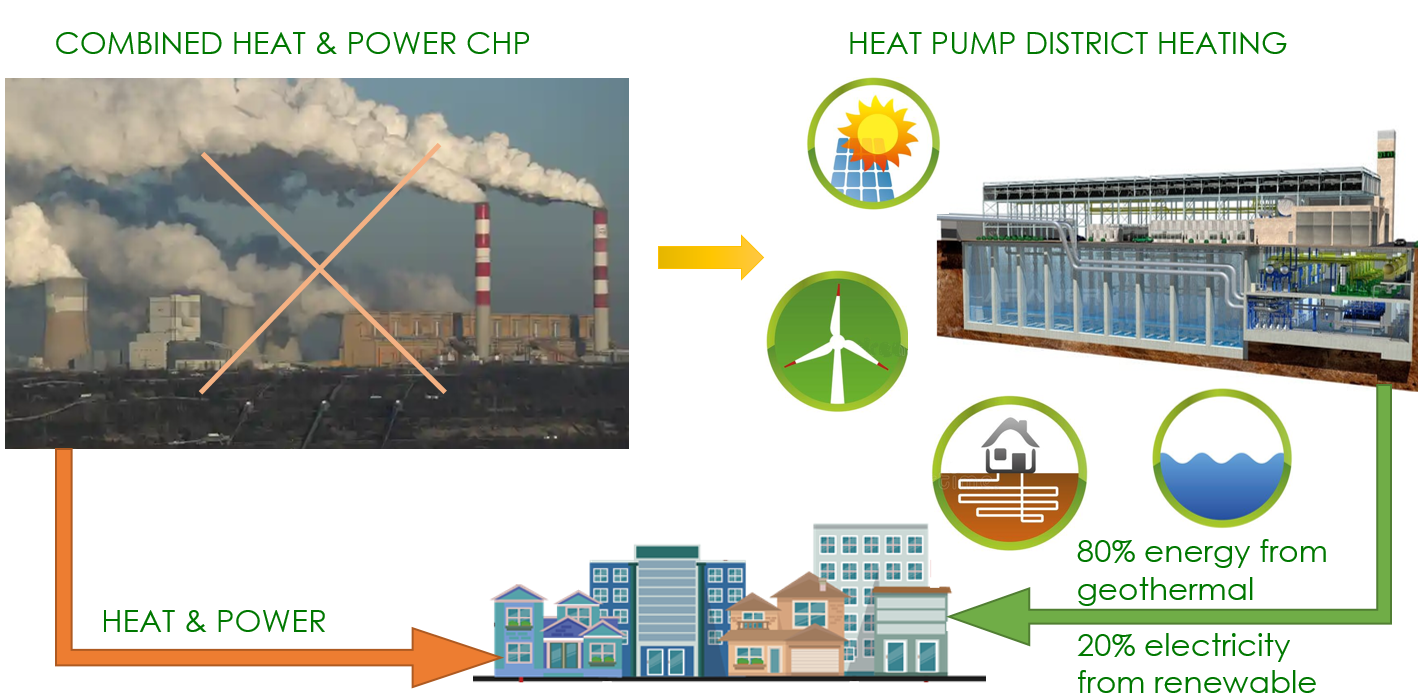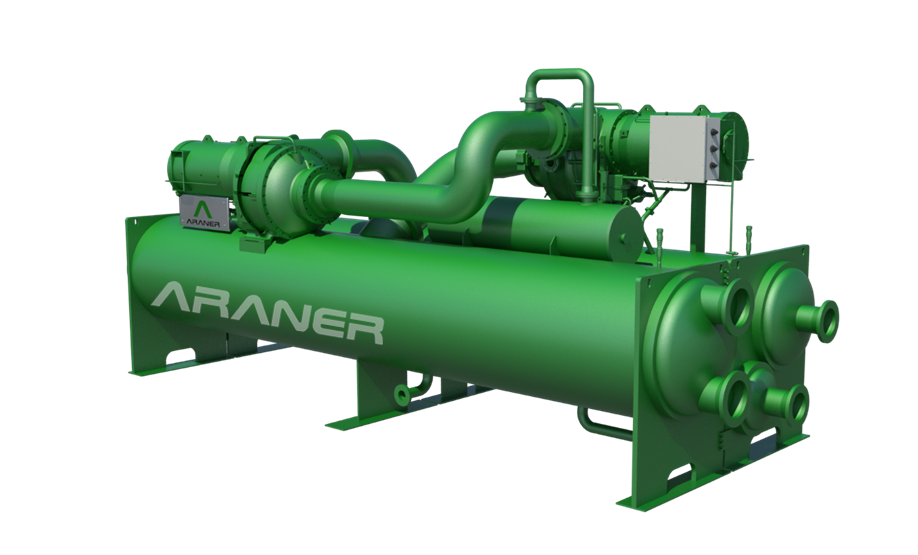Heating systems today are facing the need of reconfigurations to face the needs of the future. As meeting the energy demands of the future will necessarily mean high energy performance, all players in the field of heating are searching for the right structures that can address this issue while remaining cost-effective and sustainable.
What shape will the heating systems of the future take? Let’s consider some of the implications.
The transition towards sustainable district heating systems
In the coming decades, heating systems will be sustainable or will not be. This is particularly true in face of increasing regulation targeting sustainability, the European Green Deal being a telling example, which has established a 32.5% improvement in energy efficiency.
This means, first and foremost, that heating systems must move away from fossil fuels. And, in the midst of the different solutions to achieve sustainability, comes district heating. This structure, when paired with efficient heat pumps, enables the employment of sustainable heating sources and enhances energy efficiency, all two characteristics of the heating systems that are succeeding in the present and in the future and which we explore in more detail below.

It’s through a new generation of DH projects (the 5th generation) that operators are able to optimize the heating generation system and reduce the total energy demand of the network. In fact, district heating initiatives are enabling today the transition towards smart city development.
The key role of lower temperature levels in the distribution networks
District heating systems today are already enjoying the advantages of pairing up with industrial heat pumps. This combination allows for lower temperature levels in distribution networks, leading to higher efficiencies in both heat supply and distribution.
While a number of projects today are already operating at lower temperature levels, this will become the norm in the future: heating systems will use low temperatures of between 40-60 ºC by default.

This translates into carbon-neutral compliance, added efficiencies and the possibility to incorporate renewable energy usage.
Electrification of heating systems
Another key transformation in heating systems is the move towards making district heating sources electric. In other words, the shift from burning fossil fuels to base heating on electricity.

Again, this is facilitated by industrial heat pumps, which stand out for their coefficient of performance (or COP), which measures the ratio between how much heating energy a system is able to generate and the electrical energy it consumes.
The search for sustainable heat sources
Sustainable heating sources for district heating can be described both as emission-free and renewable energy sources, and include the following:
- Geothermal sources
- Sewage water
- Industrial residual heat
- River and seawater
- Combined heat and power plants
- Biomass
- Solar heating technologies
- Wind-powered technologies
- Biodiesel heating technologies
It’s the work of heating engineers to make the right choice among these, considering each project’s needs in terms of energy source availability, cost-benefit criteria, efficiency and reliability.
Heat storage for efficient heating systems
Finally, and considering the need for increased efficiency that is demanded for heating systems today and in the future, the possibility of Thermal storage tank technologies emerges.
Generally speaking, efficiency can be defined as achieving certain desired outcomes with the minimum investment of resources. In this context, heating efficiency refers to the capacity to heat a space with the minimum use of energy resources.

Here, it’s important to understand that efficiency in heating systems must start from a design point of view. This means the stage of the project allows for the incorporation of techniques and systems that ensure efficiency.
As we’ve seen, one key consideration here is the use of large-scale heat pumps and district heating. Yet another example is to make the most of waste energy. This involves both waste heat recovery techniques and the incorporation of Thermal storage solutions, as validated by recent research.
Want to discover more about the shape of the most efficient heating systems today and the path towards sustainability and resource optimization that lies ahead?
At Araner, we work to provide companies with improved heating efficiency today by ensuring they access optimal heating solutions.
Among other successful projects, our expertise in heating engineering has led to the implementation of state-of-the-art solutions, such as our work at the Badra oil field, an energy installation with optimal power augmentation that also complies with the highly demanding Oil & Gas Standards.
Learn more about our approach towards the district heating solutions of the future or get in touch to speak directly to our team about your project’s needs and how we can help you.










